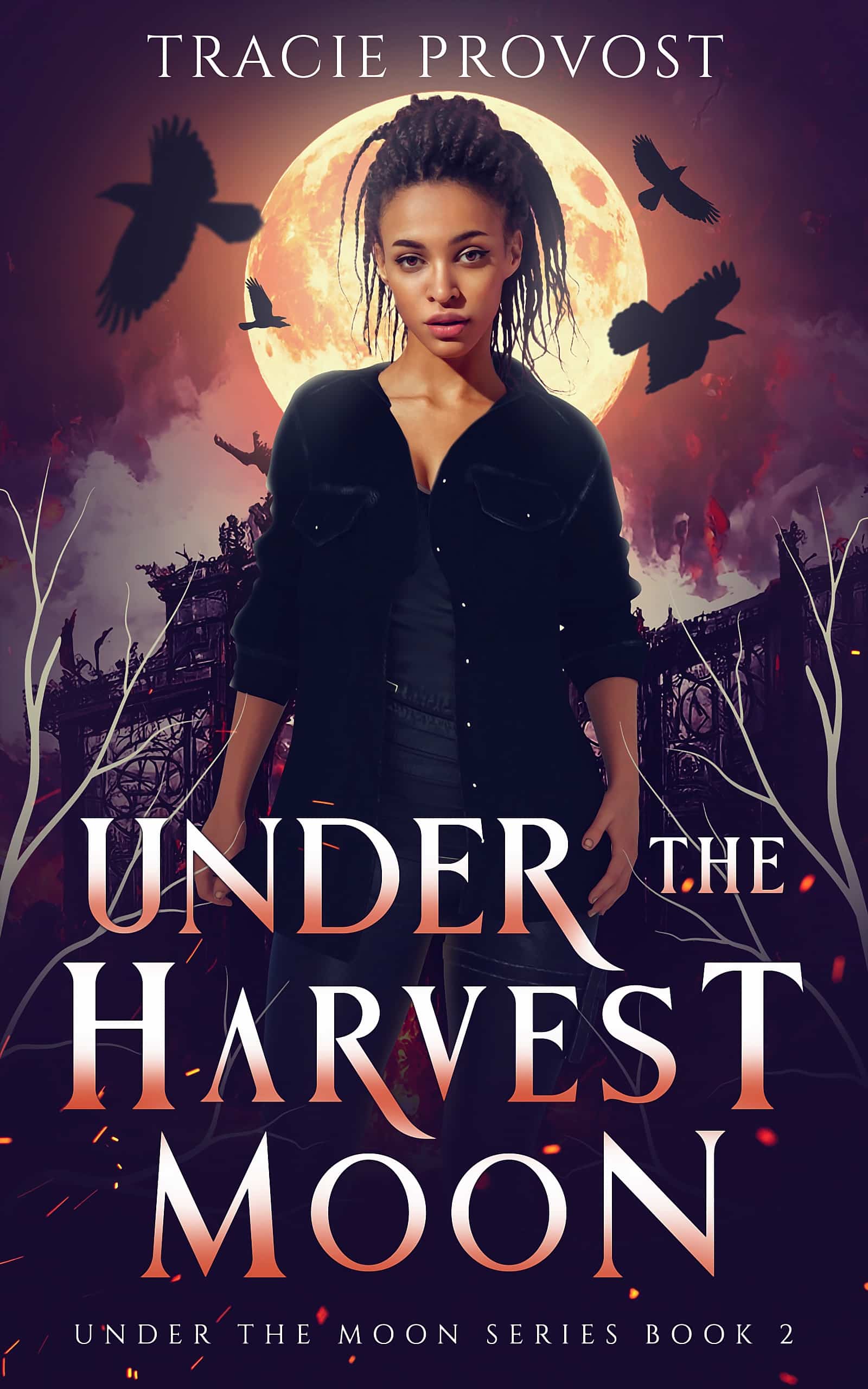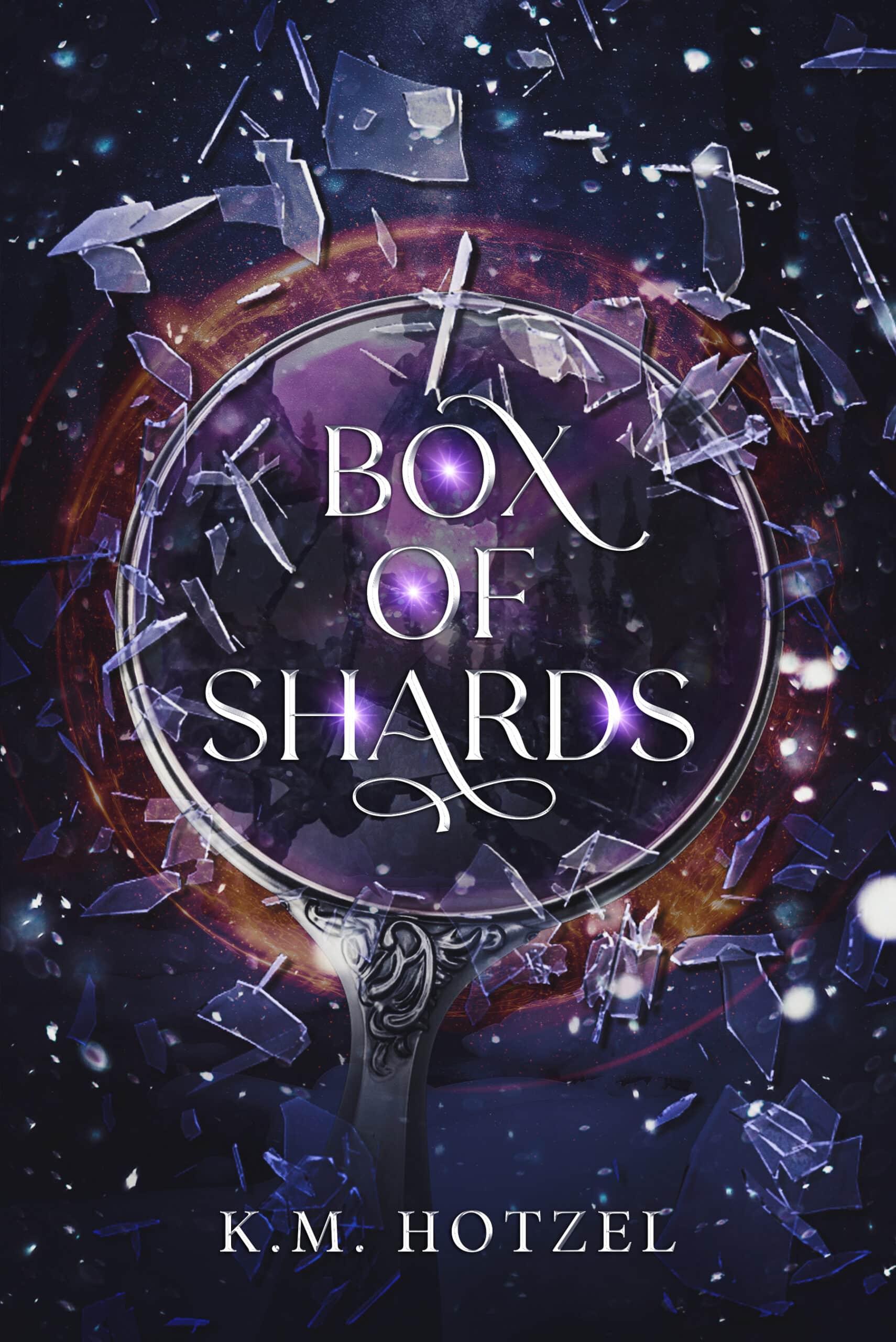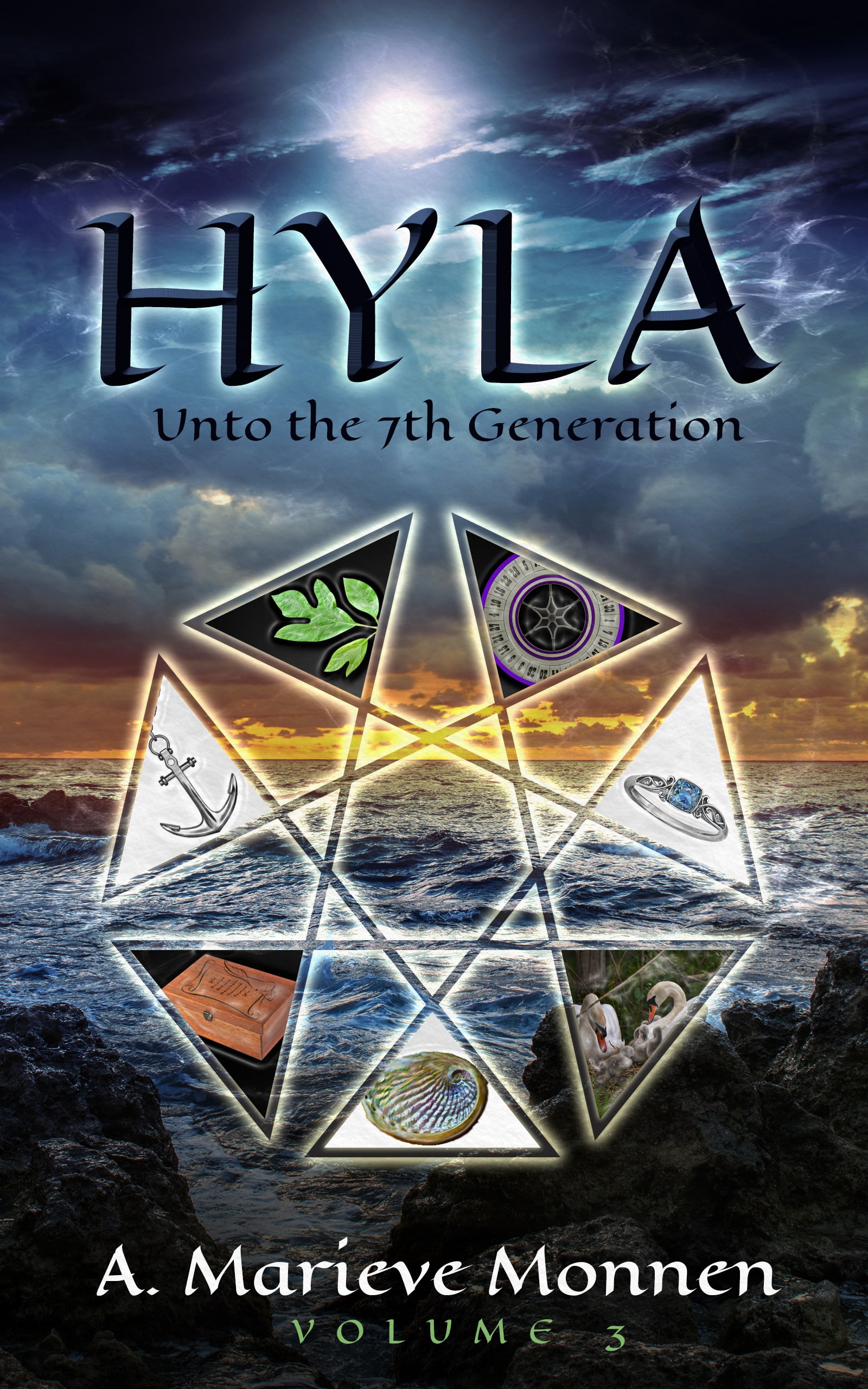Writing a Hero's Journey climax isn't easy. Even when you outline it properly, you might struggle to put the right words on the paper.
If you understand what makes a great Hero's Journey climax, however, you can defeat this daunting task easier.

In this article, you'll learn what the Hero's Journey climax, otherwise known as the Ordeal, is—and why it is so important.
You'll also learn writing tips that can help you write this well: how to raise the stakes and maintain the action without losing the heroic arc that your protagonist has learned along the way.
Understanding A Strong Hero's Journey Climax
As a judge of several writing contests, I've read many stories filled with action, violence, shouting, and assorted conflict. While a few of these stories pulled off their hero's journey climaxes, most of them bombarded me with noise, gore, curses, and even sexual activity—all while abandoning their protagonist's true journey.
When that happens, you can count your reader out.
Here's how to write your story's climax and keep your reader excitedly turning pages.
The Hero's Journey (Recap)
Joseph Campbell's Hero's Journey is a theory exploring a timeless, mythical story structure. Following a hero as they flee their everyday life, the hero's central conflict involves a quest for justice and rebirth that must come from defeating an evil force, usually called the Shadow.
This entire journey has been condensed into Christopher Vogler's 12 Steps of the Hero's Journey, an outline of story elements and the series of events leading from the beginning to the climactic event (the moment when the hero either achieves their goal or is defeated).
Prior to the climatic event, or the Hero's Journey Ordeal, there's an Approach to the Inmost Cave. Here, before the hero performs a big, decisive action, there is a brief pause. During this time the author establishes three key things:
- The villain guarding the goal is really, really nasty
- The cost of losing (known as stakes) are extremely high
- The task that must be completed in order to achieve victory
Once this “calm before the storm” has occured, you are free to send your hero unto the breach so they can face the tests ahead.
Let's talk about how to do just that!
Hero's Journey Step 8: The Ordeal (the Climax)
In Hero's Journey-speak, the climax of the story is known as the Ordeal.
The Ordeal is a complicated and nearly-impossible task that your hero must accomplish in order to achieve their goal. Accomplishing it, however, cannot end the story, but merely reveal that the goal itself does not satisfy your hero's deepest need. But more on that later.
An easy way to think of the Ordeal is as an action sequence, but this may not always be the case. It could be a test of character, like in The Queen's Gambit. It could be a test of wit and wisdom, as in WandaVision. And it can be a test of loyalty, as in Pride and Prejudice.
But most often it is, in fact, a test of strength, strategy, and skill.
There is a “storming of the castle,” so to speak, where your hero must face a task that is greater than anything they have encountered so far. It's also likely your hero comes face to face with the villainous Shadow in this scene.
From 30,000 feet, though, remember that the goal of the Ordeal scene is to have your hero obtain the Goal of the quest.
This usually involves rescuing someone, acquiring a treasure or weapon, or fulfilling some other task (like destroying the One Ring of Sauron, à la The Lord of the Rings).
However, the act of doing so much reveal something about the Goal, the world it lives in, and/or the hero themselves that leads to dissatisfaction or fails to resolve the issues facing the story in a complete way.
3 Key Principles in a Hero's Journey Climax (Ordeal)
The Ordeal is a lengthy scene, filled with many beats, and each beat must be carefully designed to maximize its impact. This is the moment your reader has been waiting for, after all!
How do you write it so it is irresistibly good?
1. Focus on what got you here: Desire
It's easy to screw this up. When we plan and write a story, we spend a lot of time building up toward the exciting climactic event. So when we get there, it's easy to overdo it with physical details as we attempt to take the movie playing in our heads and put it down on paper.
Unfortunately, the same movie will never play in your reader's mind. There might not be a movie playing at all.
Instead, when readers confront pages of physical description and noise (whether they're depictions of fistfights, gun battles, sexual intimacy, or shouted opinions), they instinctively recoil.
This is especially true if the bombast isn't earned, but thrust too quickly or emphatically into the story.
This is natural. We avoid conflict, especially conflict that we can't comprehend or establish ourselves in, even as observers. It is imperative that your reader understands every piece of your story's action, and that they care about the outcome of each punch, jump, kiss, or insult.
That's why you need to focus on what got you here: Your protagonist's desire.
And along with that desire (for their want and need), is their fear. What do they have to lose? Why is success so important to them?
Each moment of action must be filtered through the protagonist's journey of hope and fear. Each step forward or retreat backward must come with hope, disappointment, terror, anticipation, belief, despair . . . all the emotions that accompany an active protagonist.
A great example can be found in George Lucas's epic space fantasy, Star Wars.
The final battle between the Rebellion and the Empire is ultimately a loud, bombastic explosion of lasers and engines screaming across the screen. But there are two elements infusing it with incredible emotion: Friendship and the Force.
First, Luke is fighting not just for the Rebellion, but for his friends. Leia, Chewbacca, and C-3PO are on Yavin-4, the planet about to be obliterated by the Death Star. And his best friend from home, Biggs, gets killed in the fight.
Then to add to it, Luke seems to know that computers and technology alone cannot win the battle for him. After all, they are fighting a massive machine (the Death Star) and a small machine (Darth Vader); clearly the Empire has the upper hand when it comes to dehumanizing control.
The scene, and his character, takes a massive turn when Luke listens to the voice of his master, speaking through the mystical energy field called the Force, instructing him to trust in it and use it.
Luke does, and this is what gives Star Wars' climactic moment its most powerful punch. Luke doesn't just desire to beat the Empire; he desires for his life to have meaning. The Force gives him that meaning that he deeply seeks.
2. Use beats of quiet contemplation or conversation
Another mistake authors make with their story climaxes is to load them with nonstop action.
Again, this may be a result of “writing the movie in your head,” as we hope to create a scene of pulse-pounding excitement, and write one blindingly exhausting scene after another.
But this isn't how the human mind processes things. It also doesn't allow much room for your hero to process how the stakes (and their dreams) are changing in the moment. Human beings are constantly evaluating and strategizing, and you need little moments of quiet thought or peaceful conversation to punctuate the sound and the fury of your story climax.
More movies do this than you might immediately realize. Rewatch your favorite action movie and you'll notice throughout the climactic action scenes just how often the story pauses for characters to think, reflect, and reorient themselves.
The Hunger Games excels at this.
Partially, author Suzanne Collins is at an advantage, since the Ordeal could include all of the “Games.” Yet the Games aren't packed with wall-to-wall violence. Take the relationship between Katniss and Rue.
Neither come from wealth or privilege. District 12 is hardly a paradise, and from what Katniss learns from Rue, neither is District 11. With an ordinary world in common, the two form a friendship which seems based on love and respect for life. It's these quiet, beautiful moments that make Rue's death so gut-wrenching. They are also why her death is such a critical moment in both the plot and Katniss's character development.
So add in a few moment for your characters to catch their breath and connect in the midst of the chaos. Your reader will probably need to do the same, too!
3. Don't give the hero what they want
One final trick that will make your climax unbelievably thrilling is to withhold the very thing the scene promises to deliver: The Goal.
This isn't just meant to mess with your reader. It's to reflect a painful reality of life: That what we want is often deeply unsatisfying, or at least not so easily won.
There are two ways to do this.
First, you can simply have the Goal be taken away. Destroy the MacGuffin. Kill off the character. Have the Shadow, or villain, hide the Goal or protect it in a more ultimate way.
Or secondly, and perhaps more meaningfully, let the hero obtain the Goal, only to feel a deep and hollow disappointment.
So often we orient our lives toward some physical goal, like money, fame, sex, or treasure, only to obtain that goal and find ourselves feeling emptier than ever before. We realize that no matter how much we believe we will be fulfilled by this “thing,” that no thing can ever fulfill as deeply as we'd hope.
That's why your hero must have something in addition to their object of desire: your hero must have an internal need.
Internal needs take the form of validation, acceptance, peace with oneself, spiritual harmony, reconciliation, forgiveness, acceptance of death, emotional/spiritual rebirth, and more. These needs are what will ultimately drive your Hero's Journey forward, because heroic journeys aren't just about getting prizes like weapons, money, or “peace.”
They're about peace within, and the peace all human beings long for in a world filled with so much injustice and suffering.
Such a story is the epic saga of Harry Potter.
This series is filled with several MacGuffin goals that J.K. Rowling sends her cast of characters out to find, but all of them point to the deeper problem lurking under the surface: Voldermort.
This is why Harry Potter will begin one of his adventures thinking he wants a magical object, like the Sorcerer's Stone, but soon learns that such a thing won't ultimately help him satisfy his deepest needs.
When Harry seeks to acquire the Sorcerer's Stone in order to prevent Voldemort from regenerating. Yet when he looks in the Mirror of Erised (that's Desire if you weren't reading this in a mirror), Harry realizes that he doesn't want a magic rock. He wants his family back. But because Voldemort destroyed it, he can never have what he truly wants.
What a powerful message to package into a children's book! Yet this is the reality of life, and great writers use their stories' climaxes to reflect it.
If you do this too, your story will also ripple with unfathomable power. Readers will gasp, but they won't give up. They'll have to keep reading, because what happens to the hero will say something about the readers' lives as well.
That's the kind of story we all want to write.
Ordeal/Climax: Action of the Heart
No matter what kind of climactic Ordeal your story requires, never forget that the most important action must occur in your protagonist's heart.
It can be so easy to compose physical imagery and believe it will thrill our readers. But without the necessary action of the heart—the action of wanting, hoping, fearing, disbelieving, and more—the physical action will fall painfully flat, leaving your reader disappointed.
Don't fall leave your reader wanting. Deliver an incredible reading experience by nailing your story's Ordeal.
What are your favorite climax scenes from stories you enjoy? What do you love about those scenes? Let us know in the comments.
PRACTICE
To practice writing this crucial scene, freewrite for fifteen minutes about a high stakes choice. Here's all you need:
- Character (call them “A” or “B”)
- A goal (make it something simple, like a bottle of water)
- Opposition
- High stakes
Dream up ways for the pursuit to be challenging, heartbreaking, and filled with dilemmas in which the character must choose between two “best bad” options.
Then jump into the hero's psyche and react with thought or dialogue. Write how the hero processes this emotion physically: Do they sweat? Do their fingers become ice-cold? Does their vision blur?
Experiment with this physical-emotional back-and-forth to discover new ways of composing climactic action! Post your Practice in the box below, and be sure to leave a constructive critique on another writer's practice when you're done!
You deserve a great book. That's why David Safford writes adventure stories that you won't be able to put down. Read his latest story at his website. David is a Language Arts teacher, novelist, blogger, hiker, Legend of Zelda fanatic, puzzle-doer, husband, and father of two awesome children.



A looked out the window. the clouds were blocking the sun, as usual. she put her chin in her hands and sighed woefully. She wanted to go outside, so so bad. To feel the rain, the wind, the grass, but mostly the sun.
She would never be allowed outside. for her own good, of course. She flopped onto the bed as a nurse hurried in. the nurse closed the curtains and turned to A.
“remember, honey, that the sun is dangerous. even a few rays through the clouds could be dangerous for your health!” She scolded.
A whimpered, and looked at her pale hands. the hands of a ghost.
“i’m dying anyways, why not let me look at the sun before I go?”
The nurse softened, “we’re trying our best, and you’re a fighter. you’ll make it.”
“What’s living, without the sun? There’s no purpose. always being inside, no nature. no LIGHT.” A waved her hand at the LED lights on the ceiling that were never on.
It seemed the nurse couldn’t take the depressive state of A anymore, so she fled. tail between her legs.
A sat up, conscious of the weakness in her limbs, and cautiously clambered out of the bed. she gribbed the edges to steady herself, and walked out the door.
she made it out the door, only to trip, and stub her toe. She yelped in pain, drawing the attention of a doctor down a hallway.
“Miss! miss! You’re not supposed to be out!” He started running toward A.
A panicked, and fled the hallway, she stumbled and fell on her face, but, grunting in pain, she pushed herself up, her weak arms shaking from the strain of her bodyweight. she crawled, into an unused room, and sat with her back to the wall, breathing heavily and crying quietly. She couldn’t afford to be found, not yet.
The doctor passed the room A is in, as she stifled her cries, his strong footsteps passed as he ran by.
A wiped her tears, and held out her arms. the were weak, limp, and pale white. she flexed them, but couldn’t make out a muscle.
A got up, and, gripping the walls, walked as quietly as possible into the hallway and the reception area of the hospital. the receptionist was busy with a phone call, her back turned toward the entrance.
A could see the clouds pulling away, revealing the blue of the firmament, the green of the grass, the rolling hills, the purple, pink, white, yellow of flowers, the trees, the trunks, the bees the birds, A almost gasped, her heart was beating joy into her soul, her body coming alive again.
A walked to the entrance door, the soles of her feet masking her footsteps. she carefully danced in the shadows around the light shining through the glass doors. she opened the door, the black metal warming her hand. she opened the door, and stepped out.
She ran to the middle of the lawn, squealing and giggling. The wind mussing her hair, the grass irritating her feet, and the sun… the sun warming her body from head to toe. she squeezed her eyes shut as she felt the sun getting to her eyes, and the sensitivity keeping her from feeling the true joy of vitamin D.
A laid on the prickly grass, her face towards the sky, and cried. Cried of joy, for being able to feel the sun, of sadness, that this is the last time, of content, for she’ll be joining her creator, and of happiness, that it was her, and not her sister, that was diagnosed with all the problems. The tears flowed freely, and it felt nice. nice to let her emotions out, nice to feel something other than cold shadows, and stiff beds.
The door opened, and A heard footsteps. she let a few more tears escape, because it was over, then wiped her eyes. It hurt, to rub the sensitive, blistering skin around her eyes after being in the sun.
The doctors and nurses rushed towards her, applying tonic and gels to the skin around her eyes, and her arms, which were quickly burning and showing signs of spider-web veins.
They tried to pull her inside, but A refused, she wanted to spend her last moments outside, but they wouldn’t understand; what it’s liked to suffocate in a dark white room, with only shadows to comfort, and stiff beds to feel.
“NO!” Finally, A pleaded, and slipped out of their grasps. “please..no. I only have a few more moments, why not spend it in nature?” She whispered, mostly to herself, but they heard, and answered.
“But, A. We just got the news. You’re expected to live for months, maybe YEARS more!” A looked up, a sob building in her chest.
years more of the agony of life. she cried out, in pain, to the heavens, and let the doctors and nurses take her to her stark white prison. Resigned to a state of choking on tonics and gels and liquids the demon nurses shove down her throat. “it’ll heal you…” they tell her. “It’ll HELP you…” they scream. but she knows its just another way of keeping her on the planet she doesn’t want to be on.. with the people she doesn’t know. when really, she just wants to be with her loved ones who have moved on. So she, moved on.